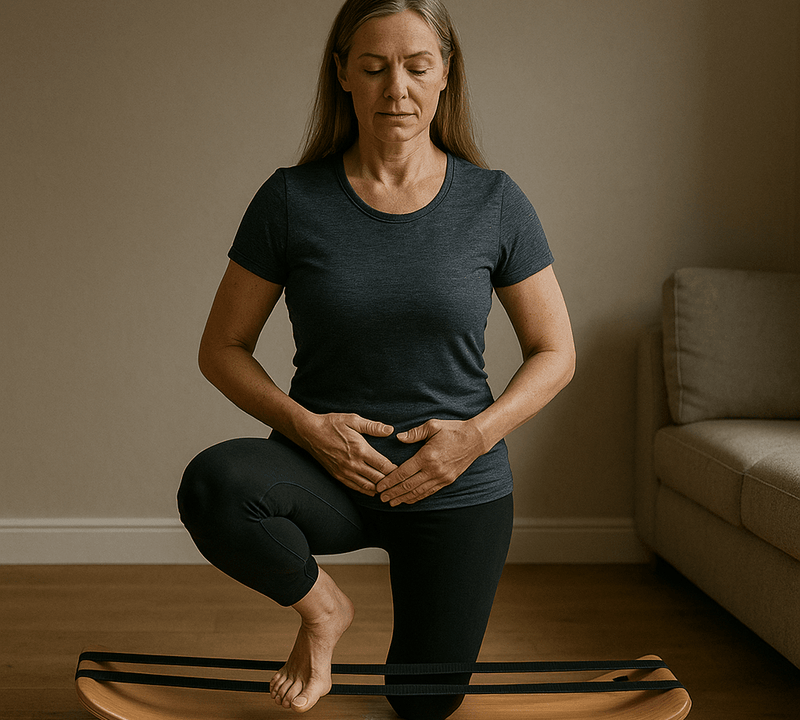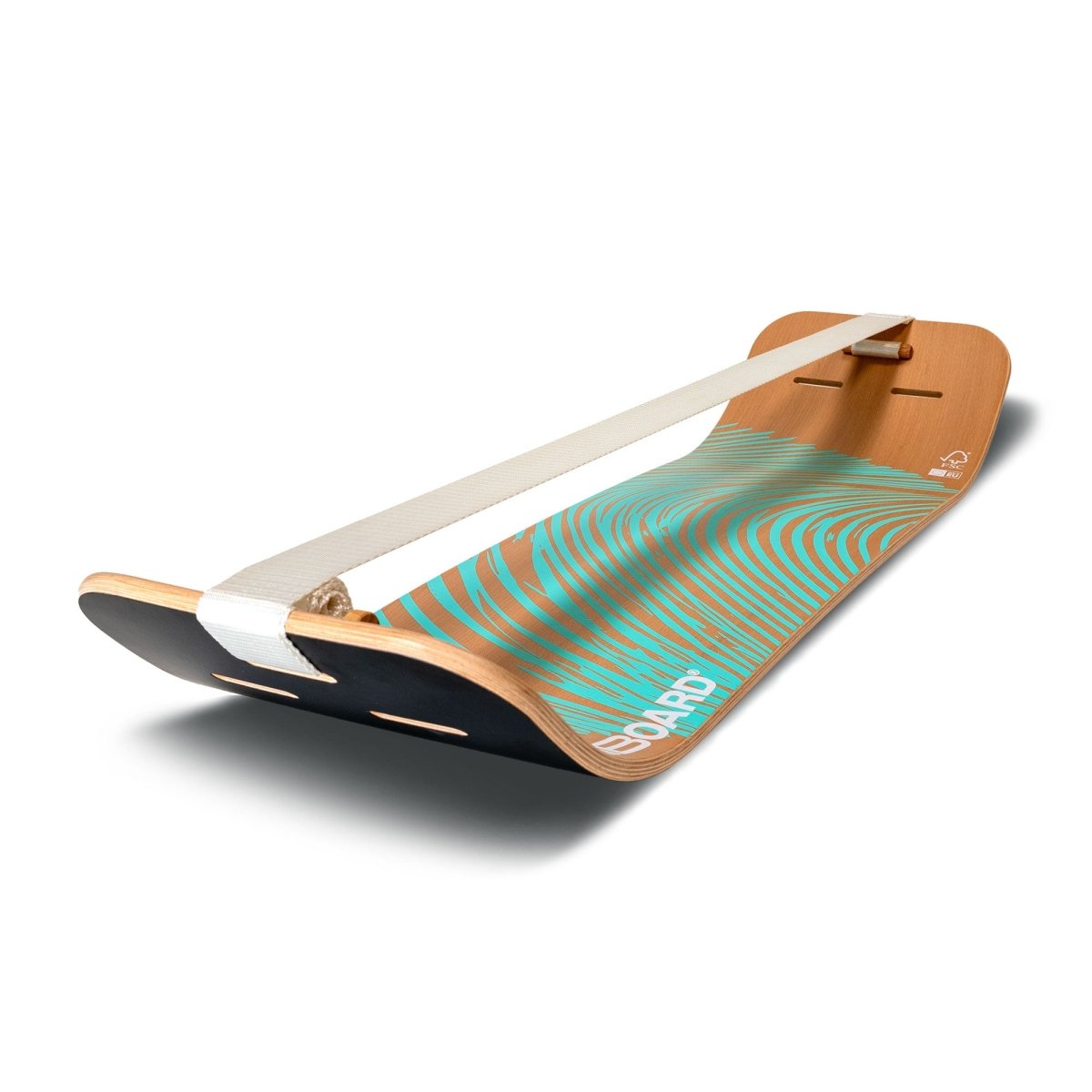
For years, time-outs have been the default response to children’s big emotions. A quick pause meant to restore calm. In practice, though, they often achieve the opposite. The child sits alone, overwhelmed by feelings they can’t yet name, while the parent waits for stillness that rarely translates into understanding. The behavior may stop, but the lesson is lost.
Increasingly, child development research points to what parents intuitively sense: regulation isn’t learned in isolation. It’s practiced through movement, engagement, and sensory experience — the very things a time-out removes.
Why Time-Outs Fall Short
At their core, time-outs are built on the idea that stillness leads to self-control. But children don’t learn emotional regulation by sitting still; they learn it through doing.
A young child’s brain isn’t yet equipped to manage big feelings on its own. The regions responsible for impulse control and emotional understanding, primarily the prefrontal cortex, are still developing well into adolescence. When anger, frustration, or fear surge, those feelings flood the body faster than the brain can interpret them.
So when a child is sent away to “calm down,” their nervous system doesn’t immediately comply. The heart rate stays high, cortisol remains elevated, and the body remains tense, still caught in the same emotional storm that caused the outburst in the first place. What they experience isn’t regulation, but isolation. The intended lesson of self-control is replaced by a more primitive message: you’re on your own.
What begins as a well-meant pause in the action can easily become a moment of disconnection, one that quiets behavior on the surface but leaves the underlying emotion unresolved.
How Movement Helps Children Regulate, Not React
If isolation traps emotion in the body, movement releases it. Balance-based activity, in particular, offers something that words or stillness can’t: it gives the nervous system a way to find its own rhythm again.
When a child focuses on staying steady, shifting weight, adjusting posture, feeling the ground beneath their feet, their sensory systems begin to coordinate. The inner ear (vestibular system), eyes (visual tracking), and proprioception (the body’s awareness of position) start working together. This synchronization doesn’t just improve coordination; it calms the stress response. The body moves from high alert to regulation.
Psychologists sometimes describe this as “bottom-up regulation,” calming the body first, so the mind can follow. Balance work does exactly that. The gentle challenge of staying upright demands attention but also provides instant feedback: each wobble, each small recovery, teaches control and confidence in real time. The child learns not just to balance physically, but emotionally — to find center after instability.
Unlike a time-out, which leaves energy bottled up, balance training channels it. The result is a calmer, more connected state, one that prepares the child to re-engage, listen, and learn.
The GIBBON Approach: Our Mission to Help Kids Grow Through Balance
If movement helps children regulate, then balance gives that movement purpose.
At GIBBON, our approach rests on a simple truth: children learn best through experience, through the push and pull of motion, the trial and error of finding stability. Balance training isn’t just physical; it’s a framework for self-regulation, attention, and confidence.
The SLACKBOARD was created to make this kind of learning both safe and accessible. Its slackline system moves gently in every direction, inviting the body to adapt with each step. Unlike rigid balance boards, it doesn’t dictate a single pattern of movement, it mirrors the natural, multidirectional way children explore the world. Every shift in weight helps the body integrate sensory feedback, strengthen coordination, and ease the stress response.
Safety and quality are central to this philosophy. The SLACKBOARD is made from FSC-certified, durable wood and sits close to the ground, with no sharp edges, rollers, or sudden drops. The design encourages freedom of movement without risk, giving children space to test, wobble, and recover, the same way they learn to manage emotions.
But GIBBON’s system goes beyond the board itself. The free GIBBON Balance App complements balance practice with guided programs tailored to each stage of development.
For younger children, story-based sessions like Holly’s Adventure and Animal ABC turn movement into imaginative play, connecting creativity and coordination. For older kids and families, programs like Active Breaks, Tabata Training, and Trick Challenges offer short, structured ways to build focus, body awareness, and patience.
Together, the board and the app create a complete approach, one that replaces passive calm with active learning. Instead of isolating children when emotions run high, balance training offers a physical way to reset. It shows that stability isn’t about stillness, but about movement, about learning to find center again and again.
The goal is simple: to help children grow into balanced individuals, both physically and emotionally.
And sometimes, all it takes is a little wobble to begin.
Rethinking Calm
If time-outs were built to control behavior, balance invites us to understand it. It’s a small but meaningful shift, from teaching children to be quiet, to helping them feel grounded. When movement becomes part of emotional learning, discipline turns into development.
That’s the deeper lesson behind the SLACKBOARD: not just how children move, but how they grow — steady, confident, and connected to themselves.
And perhaps that’s what calm was meant to be all along.
RECOMMENDED PRODUCTS
START YOUR BALANCE JOURNEY

Why Time-Outs Are Outdated: The Science of Balance and Behavior

Understanding Your Pelvic Floor and How to Strengthen It Naturally














